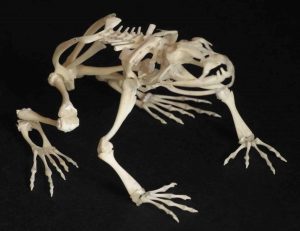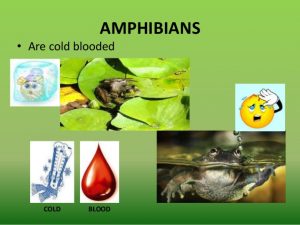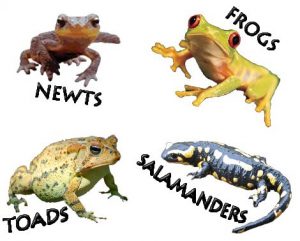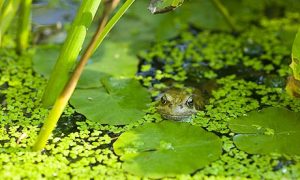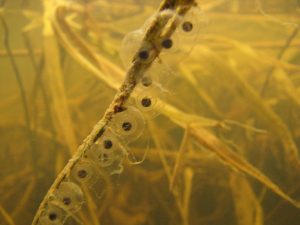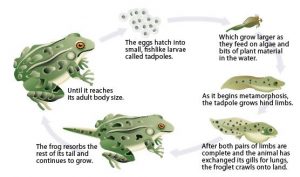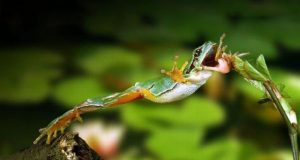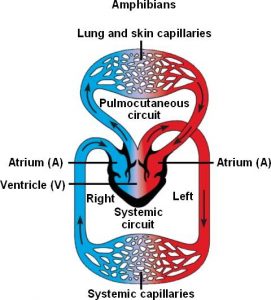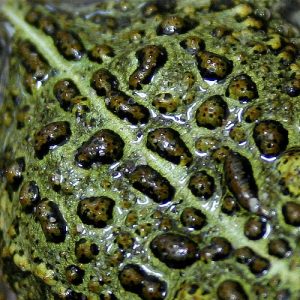Amphibians – Characteristic Features
What are Amphibians
Amphibians are a class of around 7,000 species found across the world, with 90% of them being frogs. The largest recorded amphibian is the Chinese giant salamander, while the microhylid family of frogs from New Guinea is considered the smallest. Most members of this class are insectivores, playing an important part in the ecosystem by keeping insect populations in check.
Unique Features
Skeletal System
All amphibians are vertebrates, belonging to the Chordata phylum.
Thermo-physiology
Cold-blooded, also known as ectothermic, meaning they cannot regulate their body-temperature.
Appendages
Tetrapod, that is adults have four limbs, except for caecilians, the only limbless amphibian order.
Habitat
Semi-aquatic in nature, at least a part of their lives in spent in water.
Reproductive Process
The process using which they mate is called amplexus. The male grasps onto the females head, armpit or waist and as the female’s eggs come out of her body, they are fertilized by the males.
Life Cycle – Metamorphosis
Most of them undergo metamorphosis, wherein they transform from a gilled larva into an adult that breathes air with lungs.
Feeding Habit
Most of them flick out their elongated and sticky tipped tongue to catch their prey.
Circulatory System
There are three chambers in their heart – one ventricle and two atria. Apart from the two regular circuits, one to pump the blood between the heart and lungs, and another to pump the blood between the heart and the rest of the body, amphibians have a third circulatory route that carries deoxygenated blood to their skin for gas exchange (pulmocutaneous circulation).
Skin Characteristics
Soft, moist, glandular, and permeable skin, sometimes used by as a secondary means of respiration. Some species, in fact, lack lungs altogether and use their skin as the primary tool for respiration.

